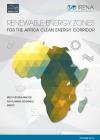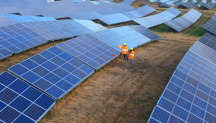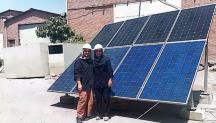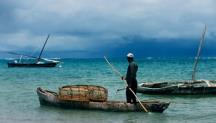

Renewable Energy Zones for the Africa Clean Energy Corridor
Newsletter
A ground-breaking study from the International Renewable Energy Agency (IRENA) and the US-based Lawrence Berkeley National Laboratory (LBNL) identifies zones for cost-effective, equitable and environmentally sustainable energy development with wind, solar photovoltaic, and concentrating solar power in the countries of the Eastern and Southern African power pools.
Combined electricity demand in the Eastern Africa and Southern African power pools could exceed 1000 terawatt-hours by 2030 – more than double their 2010 power consumption. Renewable energy can help meet this rising demand and drive Africa’s rapid economic growth without adding to global climate risks. Through multi-criteria analysis of resources, demand and infrastructure, the study supports IRENA’s Africa Clean Energy Corridor and other regional initiatives to ensure a sustainable, low-carbon energy future.
This report from IRENA and LBNL outlines the methodology, assumptions and key results of the study:
- Countries in the Eastern African Power Pool (EAPP) and Southern African Power Pool (SAPP) possess a wealth of wind, solar photovoltaic (PV) and concentrated solar power (CSP) resources.
- Grid interconnections, combined with regional collaboration, can extend low-cost, clean wind and solar energy to all countries.
- Regional interconnection will also enable cross-border access to hydropower and geothermal potential.
- Zones for cost-effective renewable energy development with low environmental impact are frequently close to existing transmission infrastructure.
- Many wind zones are also suitable for solar PV development.
- Multi-criteria planning helps to develop socially and environmentally equitable, cost-effective, reliable power-generation capacity.
- Government agencies need to maintain and share data for accurate, timely modelling and analysis.
The IRENA-LBNL zoning study for the Africa Clean Energy Corridor has also produced:
- Interactive web maps
- Interactive PDF map with attributes of each zone
- Ranking tool for zones based on varying resources and conditions
- Geographic information system (GIS) input and output datasets
View or download all materials from the study:




